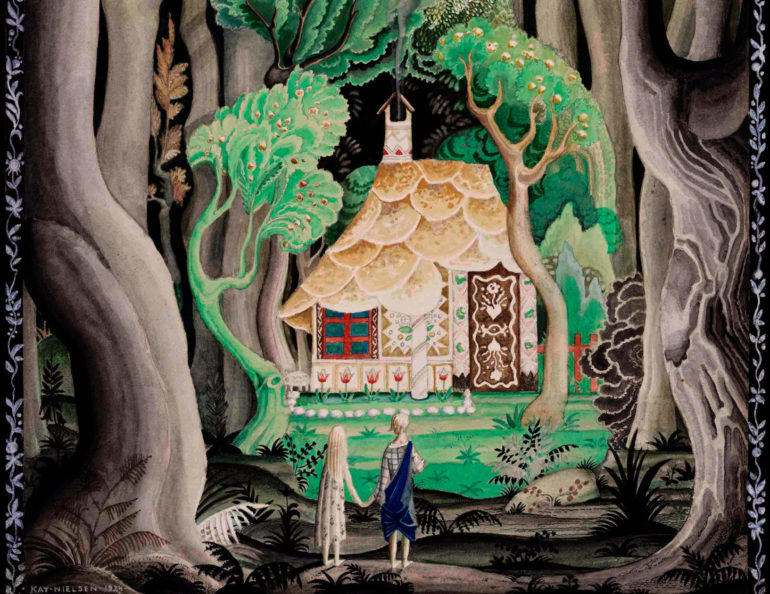A European Christmas: Hansel and Gretel & Tchaikovsky’s Fifth

Tickets
-
06
Dec
2019
—
Fri 8:00 pm
Bell Performing Arts Centre
06 Dec 2019 —
Fri 8:00 pm
Bell Performing Arts Centre

Tickets
-
06
Dec
2019
—
Fri 8:00 pm
Bell Performing Arts Centre
06 Dec 2019 —
Fri 8:00 pm
Bell Performing Arts Centre
Humperdinck
Excerpts from Hansel and Gretel
Tchaikovsky
Symphony No. 5
Constantin Trinks won many fans on his previous visits to Vancouver. His deft phrasing and attention to detail will let the drama of this program shine. Humperdinck’s Hansel and Gretel is a European Christmas classic. Paired with Tchaikovsky’s splendid 5th Symphony, this will certainly be a festive treat.
“…a unique ability to evoke the most passionate emotions at even the most moderate tempi, allowing the music to naturally seep right under your skin.” — Online Musik Magazine on Trinks
Join us in the Bell Centre Lobby at 7:00pm for a very special prelude concert with the Sehmiahmoo Secondary Grade 12 Jazz Band.
The Surrey Nights Series is endowed by a generous gift from WERNER AND HELGA HÖING.
This concert is part of the 2019-2020 Surrey Nights series and is also playing at the Orpheum on December 7.
PROGRAM NOTES
Engelbert Humperdinck – Excerpts from Hansel and Gretel
Pyotr Il’yich Tchaikovsky – Symphony No. 5 in E Minor, Op. 64
AT THE DOOR: Please note, tickets are available at the door for cash only for Surrey Nights concerts starting at 7pm. Online sales end at 4pm on concert days.



